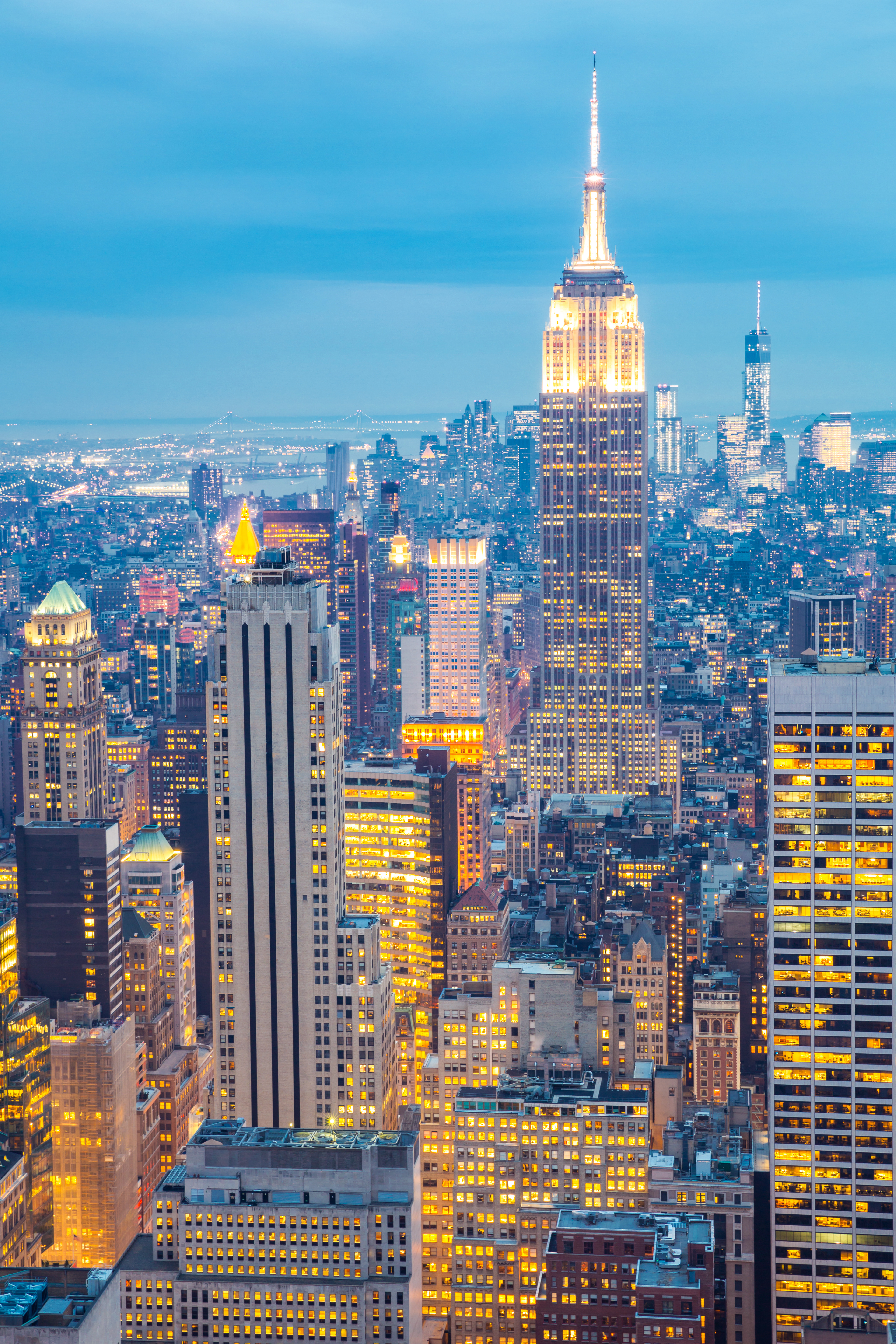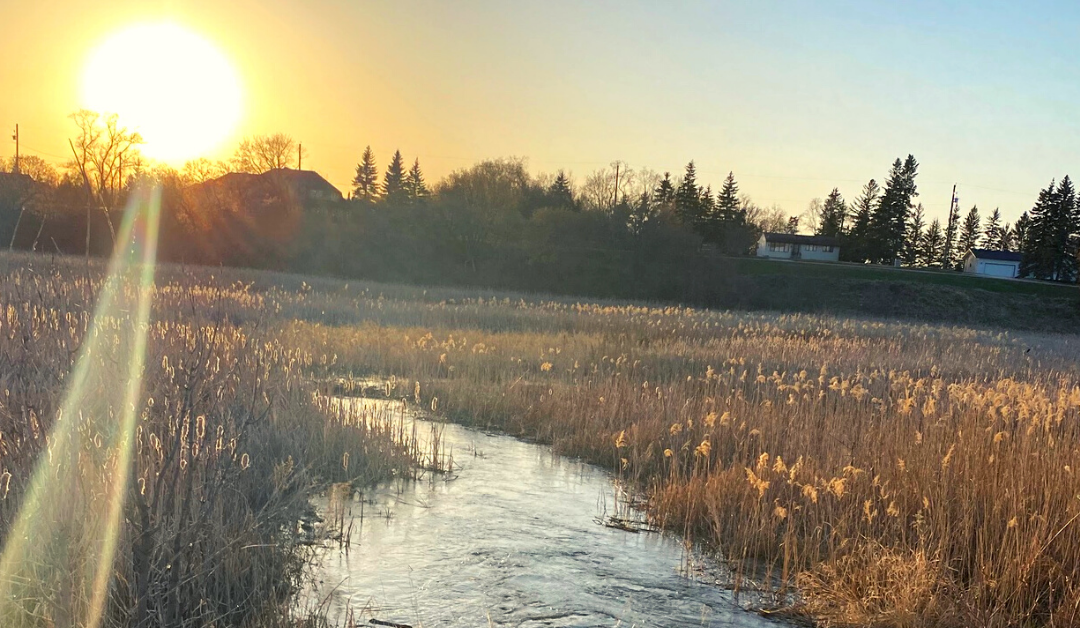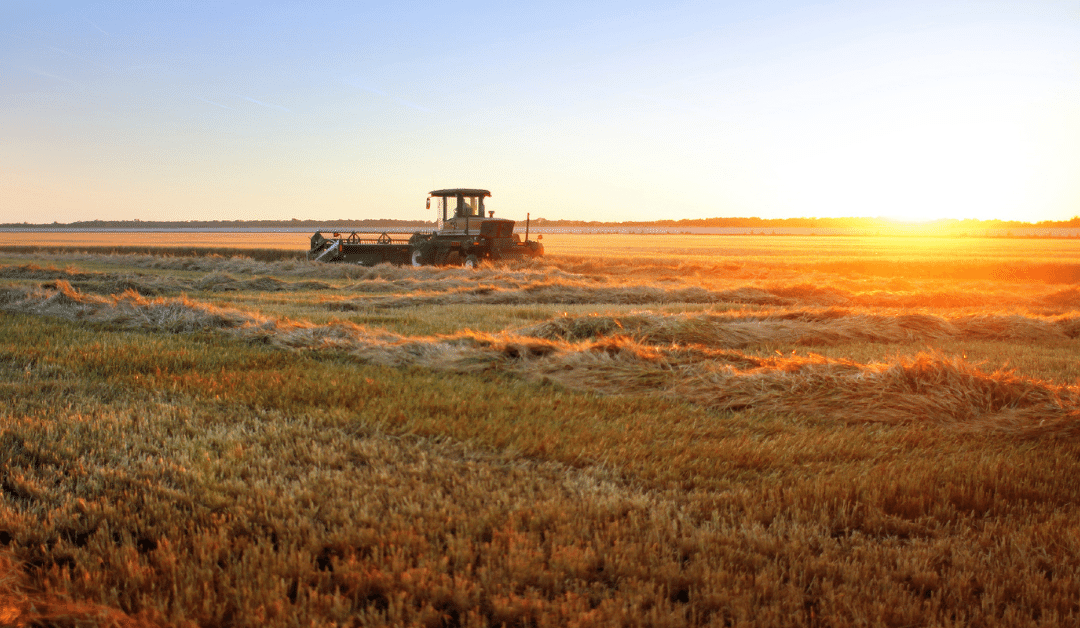The ties that bind us… there are a variety of ways we are connected as individuals and as communities. We have emotional connections, spiritual connections and physical connections. Each day many of us go to school, work and gather in our communities.
And if we look further, we can identify a common denominator in all our connections; the transportation infrastructure that gets us there. Whether we walk, drive, bike, or take transit, it is our public transportation infrastructure that get us to where we are going.
An efficient, functional, cost-effective, and safe transportation infrastructure is one of the critical components that will shape our region’s future development trajectory. However, it is in extremely poor condition–both structurally and functionally–due to the continuously expanding settlement areas, limited funds available for maintenance and the high-level of weather-induced depreciation of our roads, bridges, bike lanes, and sidewalks.
Maintaining a standard level of transportation is costly in Manitoba, especially because of our extremely cold winters. The maintenance alone can cost as high as 50 percent of municipal budget, often limiting municipalities’ capacity to invest on solutions to address the sustainable management of our transportation assets. Taking account of the above challenges, it is critical that we rethink the way we move forward as a region and how our transportation policy and infrastructure investments can be realigned to realize our development goals. Moving towards such a strategy will also ensure that we maintain and strengthen our vital connections, and thereby, transform our communities in the process.
Janette Sadik-Khan
Janette Sadik-Khan, one of the leading voices in urban transportation policy and transformative designs, presented to a packed house in Winnipeg, in this April. Sadik-Khan’s redesign of New York City streets including Times Square, which was opened up to pedestrians, and the nearly 400 miles of new bike lanes across New York City, are strategies that have transformed neighbourhoods. These strategies are being applauded for their functionality, replicated and scaled for cities around the word. In general, these ideas and strategies are relevant and practically viable in context of large urban centers, but do they offer something that could be successfully implemented in our small, rural communities as well?
According to Mrs. Khan, streets comprise more than 80% of public space in cities, but they often fail to provide their surrounding communities with a space where people can safely walk, bicycle, drive, take transit, and socialize. We all recognize how important our streets are to our communities’–whether large or small, urban or rural. Not only do our streets connect us to where we are going, but also provide us with places where we can reconnect as neighbors and as communities.
“If you can change the street, you can change the world” – Janette Sadik-Khan
If what she says is true, it is our responsibility that we design our streets as elements that will embody the potential to transform our communities and function as catalysts of placemaking. Communities–both large and small–will be more livable if there is improved alignment between land use policies and transportation planning. This will enable municipalities to make the best investment decisions with their limited budgets.







0 Comments